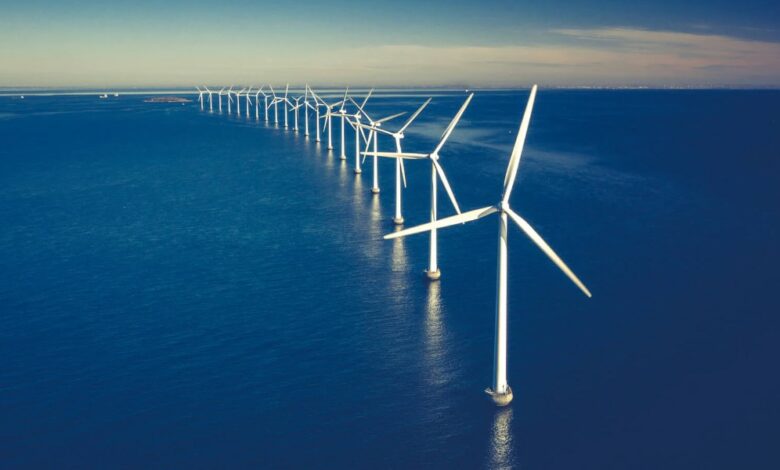Europe’s offshore wind tower demand to surpass manufacturing capacity by 2028

Offshore wind developments are a critical component of Europe’s energy transition plans, but a supply headache could be on the horizon for the industry before the end of the decade.
Norwegian energy intelligence firm Rystad Energy believes that demand for offshore turbine towers will outstrip manufacturing capacity in 2028. That will signal that the time was “running out for the continent to address the issue and ramp up production capabilities.”
According to the company, the offshore wind capacity outlook shows that wind tower manufacturing capacity will keep pace and exceed demand before 2028. However, that year is seen as a turning point, and in 2029, demand will surpass manufacturing capacity by a significant margin.
Steel demand for offshore wind towers will total more than 1.7m tonnes in 2029, but manufacturing capacity will be a maximum of around 1.3m tonnes, meaning supply can only meet about 70% of demand.
If Europe is to reverse this trend, manufacturers need to initiate expansion in the next two years, since it takes between two and three years to build new facilities. These forecasts assume no major steel shortage, so manufacturers can work at full capacity. If a shortage materializes, Europe could face a supply issue even earlier than expected.
“Turbine sizes keep growing as the importance of offshore wind to the global power grid accelerates, and tower demand is projected to surge accordingly. This is a golden opportunity for manufacturers to capitalize on increased demand, but new capacity needs to be added imminently if Europe is going to avoid a supply headache,” Alexander Flotre, vice president of Rystad Energy, said.
While the average turbine capacity fixed in Europe in 2023 is expected to reach almost 10MW, Rystad Energy estimates that 50% of the total turbines installed between 2029 and 2035 will be bigger than 14MW, with some projects forecasting to build 20MW at the beginning of 2030.
Rystad noted that a tower’s weight varies with the hub height, which is required to be more than half of the rotor diameter – excluding the clearance to the water surface – and which fluctuates from country to country.
Also, as rotor dimensions grow, turbine sizes increase, and larger towers are required. This growth is more prominent in Europe, where offshore wind developers have requested turbines of 12MW or larger for their projects. The intelligence firm reminded that Spain and Denmark lead the European offshore wind tower supply, accounting for about 90% of the estimated 1.1m tonnes of the continent’s supply.
